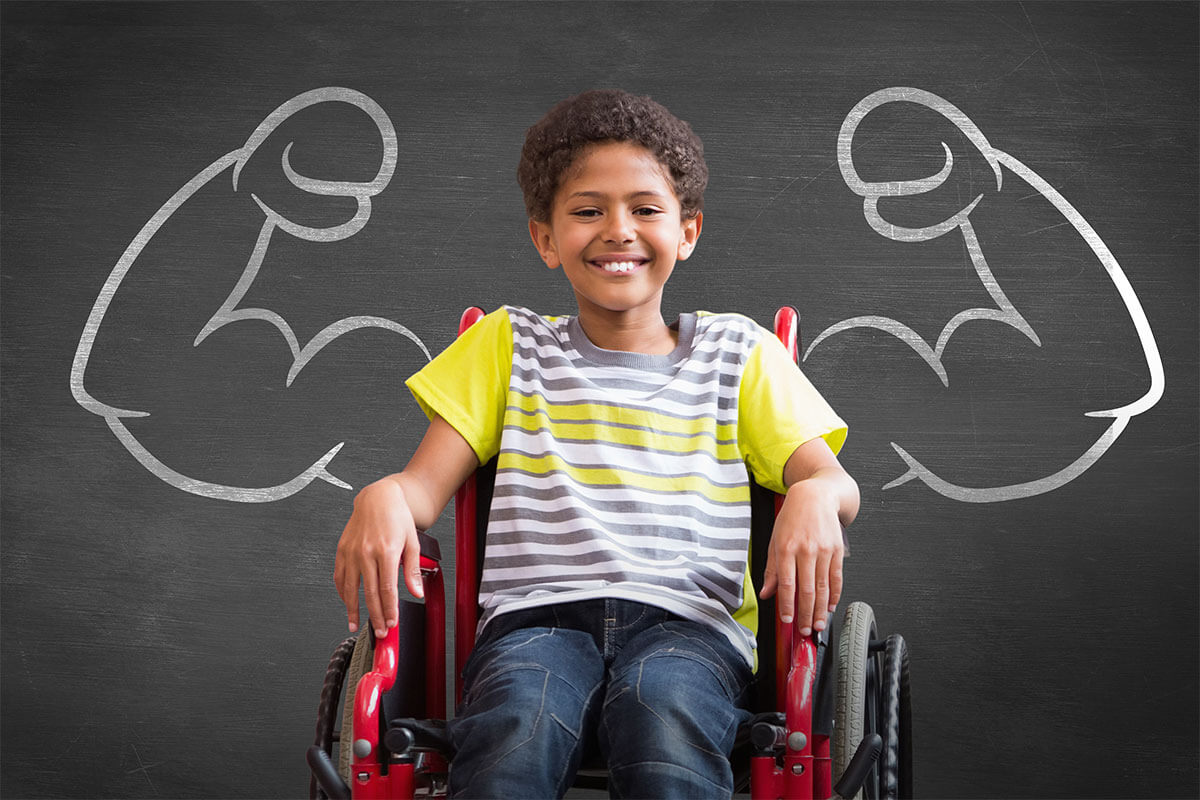For children affected by cerebral palsy, physical therapy is likely to be a big part of their daily activities.
Physical therapy is usually recommended to begin soon after the diagnosis of CP is made. It has a multitude of benefits to children with cerebral palsy, and is usually tailored to the needs of the developing child in order to make continual progress. Therapy sessions, along with an ongoing set of exercises to be done at home, can aide in movement and balance, standing, walking, navigating stairs, prevention of muscle atrophy and muscle constriction.
Muscles are kept loose with stretching exercises, as those affected by CP often have issues with muscle tightening. Strengthening exercises help to develop muscles that might otherwise deteriorate from lack of use. To counteract excessive muscle tone and maintain stretches, the body may be positioned—sometimes using pillows, inserts, and braces to help.
One approach to cerebral palsy therapy is known as the Bobath method, and endeavors to follow the progression and age of the child, setting goals along the way. Another, more controversial technique is called patterning and promotes the idea that children with cerebral palsy should be taught motor skills in the same order as they would normally develop.
No matter the treatment method that is selected, it is clear that children with cerebral palsy benefit greatly from physical therapy.

